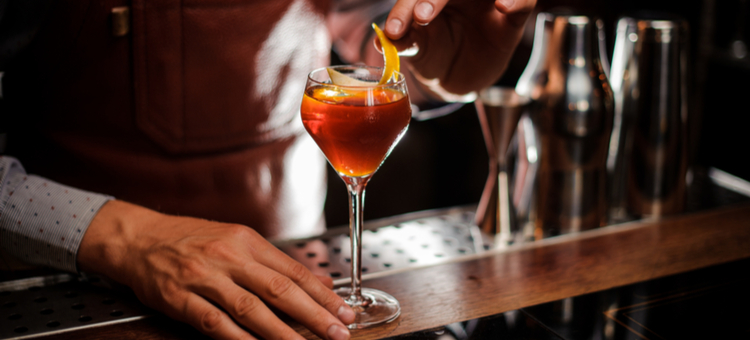 With a few pricing adjustments, and a slight shift in pricing strategy, most bars and restaurants could add significant profits without selling more drinks.
With a few pricing adjustments, and a slight shift in pricing strategy, most bars and restaurants could add significant profits without selling more drinks.
The key is moving from an overly simplistic pricing model to a more strategic pricing model. The industry standard is to group brands into different categories and then apply a standard mark-up in each category. For example, a bar might mark-up their well liquor brands by 9x the cost and their premiums by 4x the cost.
This approach was necessary years ago when most bars used a simple cash register with keys limited to “well”, “call”, “premium”, “domestic beer”, etc. But with today’s Point-of-Sales (POS) technology, you can, and should, set the optimal price for each and every drink to maximize profits.
How much are you charging for Tito’s vodka?
Before we get into an analytical look at the important variables to consider, let’s start by asking a simple question: how much are you charging for Tito’s Vodka?
In Southern California, Tito’s costs $21.50, roughly the same cost as Absolut vodka. So most of our clients apply the same mark-up and charge the same price as Absolut – let’s say $6.25.
Sounds reasonable but that thinking is too simplistic: the fact is that most of your guests regard Tito’s as a premium brand. They regard Tito’s as a “better” brand than Absolut but perhaps not quite as “premium” as Grey Goose – more or less at the same level as Ciroc vodka which is priced at $7.25 at many establishments. Because your guest believes Tito’s is as good as Ciroc, you should charge $7 or $7.25 for Tito’s.
If a bar sells 150 Tito’s every week and they adjusted their pricing to that of Ciroc, they would make an extra $7,800 in pure profit per year. That’s just one example of how a strategic pricing approach can be more profitable.
You should be charging more for your premium brands
Economists talk about a concept called the “price elasticity of demand” which translated into English means “how sensitive are your customers to price changes?” When you think about someone who might buy an $80 Wagu steak, for example, you can imagine that sales wouldn’t drop much if the price was increased to $95, nor would sales increase all that much if they lowered the price to $65. That reflects low price elasticity: the customer ordering a Wagu steak just isn’t that worried about the price.

No comments:
Post a Comment